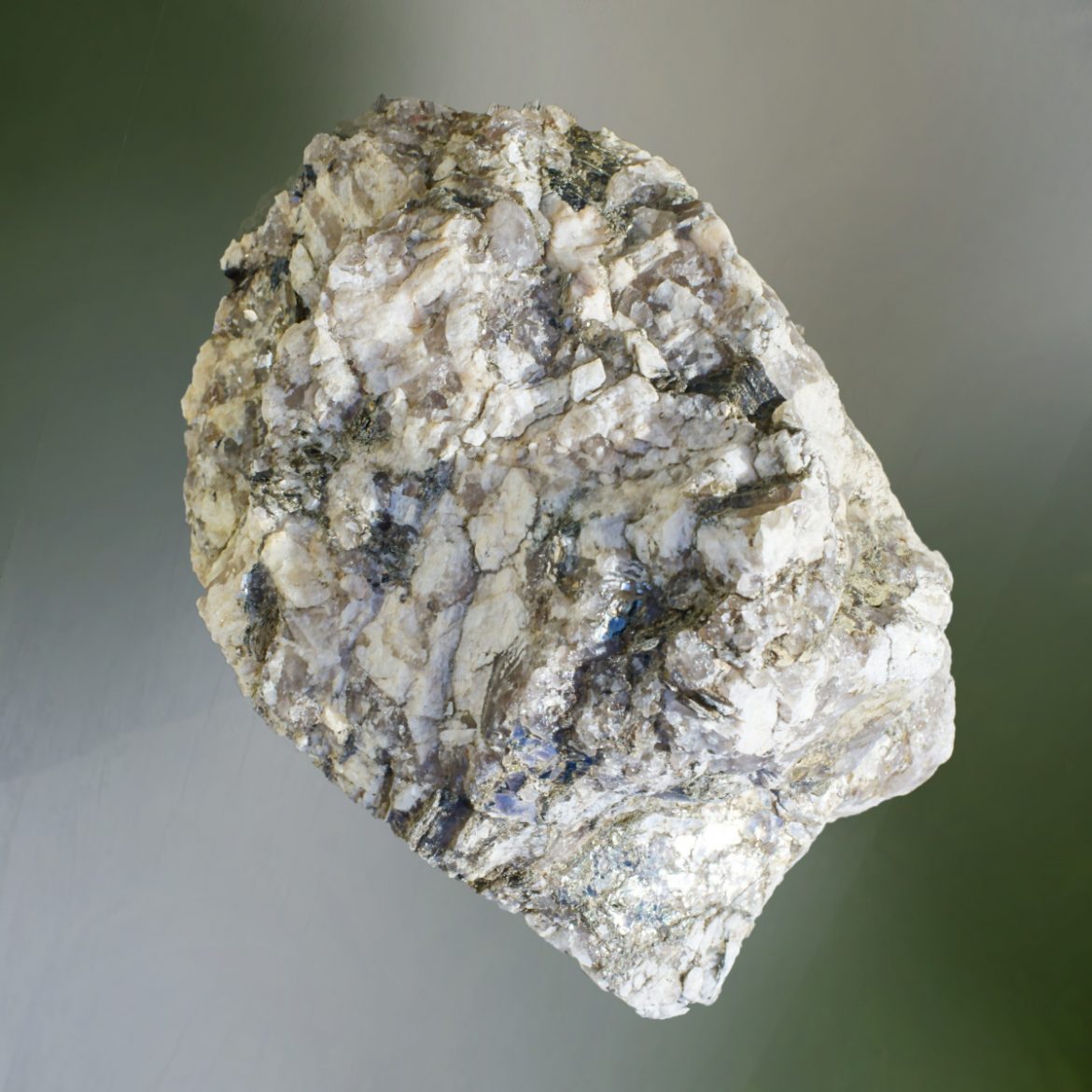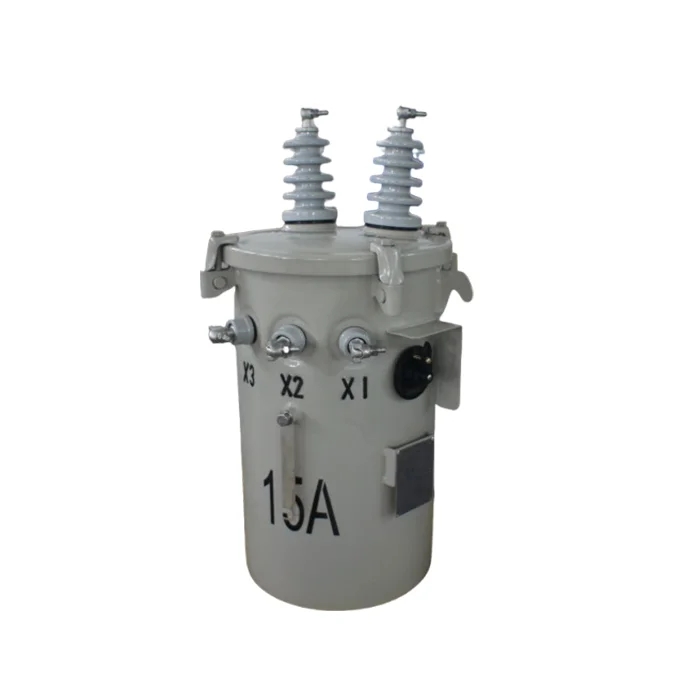In the vast realm of geology, minerals are often classified into two broad categories: metallic and non-metallic. While metallic minerals, such as gold, silver, and copper, often steal the spotlight due to their lustrous appeal and significant economic value, non-metallic minerals play an equally, if not more, crucial role in various industries. This article aims to delve into the world of non-metallic minerals, highlighting their types, uses, and the latest trends in their extraction and application.
Non-metallic minerals, as the name suggests, are those which do not contain metals. They are characterized by their lack of shine or luster and are not malleable. Some of the most common non-metallic minerals include limestone, clay, gypsum, kaolin, silica, graphite, and feldspar, among others.
Limestone, primarily composed of calcium carbonate, is extensively used in the construction industry. It serves as a key ingredient in cement and is also used for building houses and roads. Clay, on the other hand, is widely used in the ceramics industry to make bricks, tiles, and pottery. Gypsum, another non-metallic mineral, is a vital component in the production of plaster of Paris and drywall.
Kaolin, a type of clay, is used in a plethora of industries, ranging from paper to cosmetics. It is used as a filler in paper, improving its printability and whiteness. In the cosmetics industry, kaolin is used in various skincare products due to its absorbent properties. Silica, or silicon dioxide, is used in the production of glass, while graphite, due to its excellent conductivity, is used in batteries and electric motor brushes.
Feldspar, a group of minerals that includes orthoclase, microcline, and plagioclase, is primarily used in the manufacture of glass and ceramics. It is also used as fillers in paints, plastics, and rubber.
The extraction and processing of non-metallic minerals have seen significant advancements in recent years. The advent of sophisticated mining equipment and techniques has made it possible to extract these minerals with greater efficiency and minimal environmental impact. Moreover, the rise of sustainable mining practices has further enhanced the appeal of non-metallic minerals.
In terms of market trends, the non-metallic minerals industry is expected to witness substantial growth in the coming years. This growth is primarily driven by the increasing demand from end-use industries such as construction, ceramics, and electronics. Furthermore, the growing emphasis on green building materials is likely to boost the demand for non-metallic minerals like limestone and clay.
In conclusion, non-metallic minerals, despite their lack of luster, hold immense value. They are the unsung heroes of various industries, contributing significantly to our daily lives and the global economy. As technology advances and sustainable practices become more prevalent, the importance and utilization of non-metallic minerals are set to rise even further.



